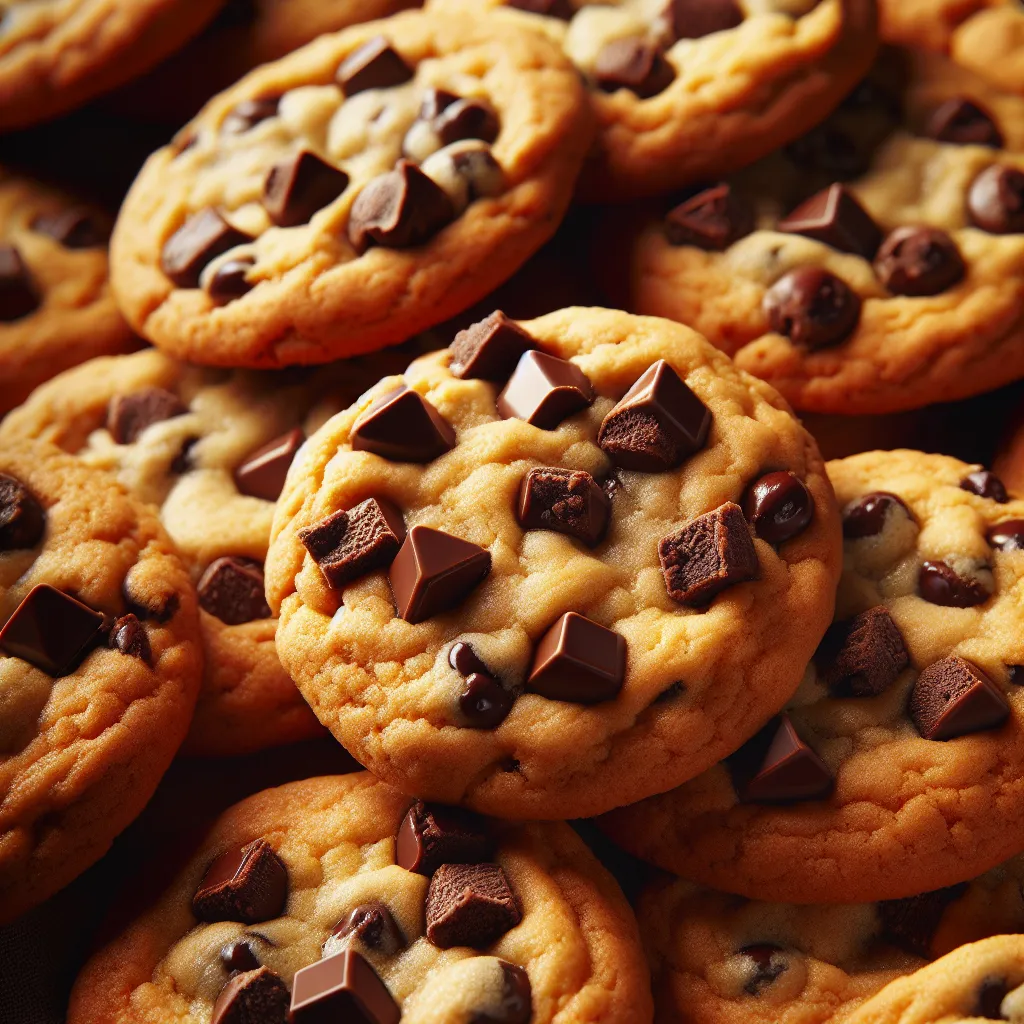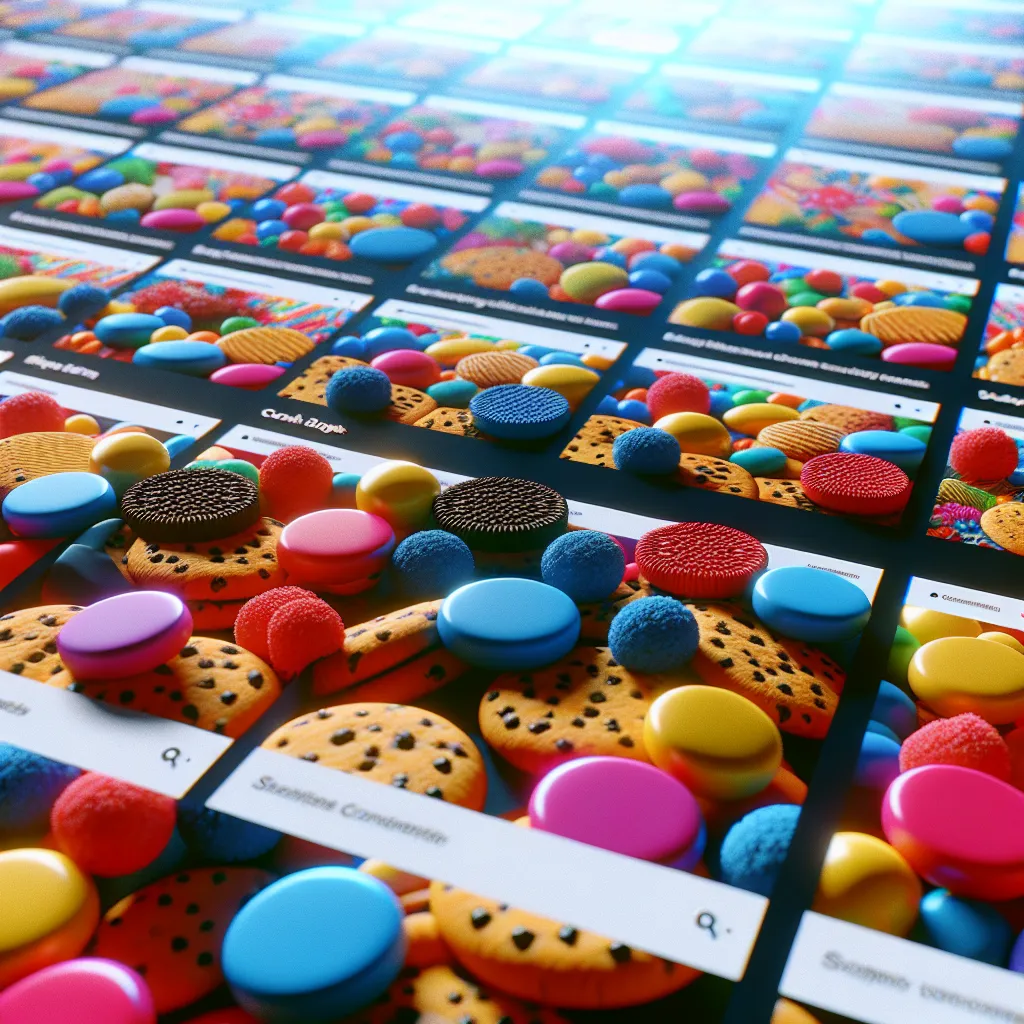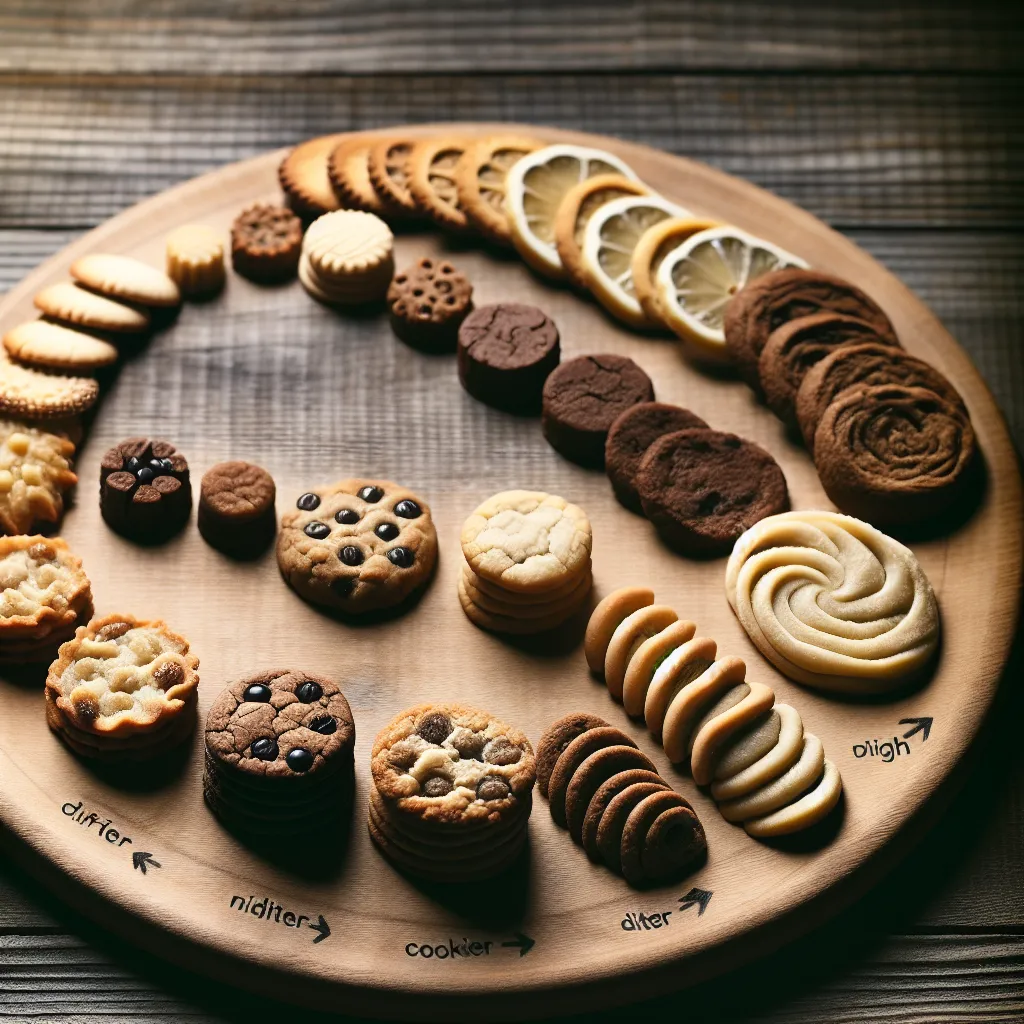The Science Behind Cookie Baking
When it comes to the art of baking perfect cookies, understanding the science behind cookie baking is essential for achieving the ideal texture, flavor, and appearance. The process of baking cookies involves a series of chemical and physical reactions that transform the raw dough into delectable treats.
One crucial aspect of the science behind cookie baking is the role of ingredients. For instance, the ratio of fat to flour impacts the texture of the cookies. A higher proportion of fat leads to a more tender and moist cookie, while a higher amount of flour results in a firmer texture. Additionally, the type of sugar used affects the cookies’ spread during baking, as well as their final color and crispiness.
The leavening agents, such as baking soda or baking powder, contribute to the cookies’ rise during baking by producing carbon dioxide gas, which creates air pockets in the dough. This leads to a lighter, softer texture in the finished cookies. Moreover, understanding the impact of egg proteins on the structure of the cookie is fundamental to achieving the desired chewiness or crispiness.
The science behind baking perfect cookies also involves the role of temperature. The initial high temperature causes the cookies to spread and set quickly, creating a crispy edge, while the lower, sustained heat allows the cookies to develop a chewy or soft center. Understanding the principles of heat transfer and the Maillard reaction is crucial for achieving the desired level of browning and flavor development in the cookies.
In conclusion, mastering the art of baking perfect cookies goes hand in hand with understanding the science behind the baking process. By delving into the chemical and physical reactions that occur during baking, one can fine-tune their cookie recipes to perfection, ensuring delightful and scrumptious treats every time.
Mastering the Key Ingredients for Perfect Cookies
Mastering the art of baking perfect cookies requires a deep understanding of the key ingredients and how they interact with each other. Flour, sugar, butter, eggs, leavening agents, and flavorings are the essential building blocks of delicious cookies. The type of flour used significantly impacts the texture of the cookies. All-purpose flour creates a balanced structure, while cake flour yields a more delicate and tender crumb. Meanwhile, the choice between granulated sugar, brown sugar, and confectioners’ sugar affects not only sweetness but also moisture content and chewiness. Butter, a common fat in cookie recipes, contributes to flavor and texture due to its water and milk solids content. It’s crucial to achieve the right balance between firmness and softness in the butter for the perfect cookie. Additionally, eggs act as a binding agent and provide moisture, while leavening agents like baking soda and baking powder help cookies rise and take on a desirable form. Lastly, the addition of flavorings such as vanilla extract, cocoa powder, or spices gives cookies their unique taste profile.
Tips for Achieving the Ideal Cookie Texture
When it comes to the art of baking perfect cookies, achieving the ideal texture is crucial for a delightful treat. Whether you prefer chewy, crispy, or soft cookies, there are several tips to ensure that your cookies turn out with the texture you desire.
First and foremost, using the right type of flour is essential. All-purpose flour is a common choice for cookie recipes, but using bread flour can result in a chewier texture, while cake flour can produce a softer, more delicate texture. Understanding the characteristics of different flours can help you achieve the perfect cookie texture.
Another key aspect is the ratio of ingredients, particularly the fat-to-flour ratio. More fat in the dough, such as butter or shortening, will result in a flatter and crisper cookie, while a higher flour ratio will lead to a cakier texture. Experimenting with these ratios can help you fine-tune the texture of your cookies to your preference.
Baking time and temperature also play a significant role in determining the texture of the cookies. A shorter baking time at a higher temperature often yields chewier cookies, while a longer baking time at a lower temperature can result in a softer texture. Paying close attention to these variables during the baking process is crucial for achieving the ideal cookie texture.
Furthermore, the use of ingredients such as brown sugar, which retains moisture and produces a softer texture, or granulated sugar, which can result in crispier cookies, can impact the final texture of the baked cookies. Understanding the properties of these ingredients can help you customize the texture of your cookies.
In conclusion, mastering the art of baking perfect cookies involves a deep understanding of how various factors contribute to the desired texture. By carefully selecting ingredients, experimenting with ratios, and monitoring the baking process, you can achieve the ideal texture for your cookies, whether you prefer them chewy, crispy, or soft.
Exploring Creative Variations in Cookie Baking
When it comes to the art of baking perfect cookies, exploring creative variations can take your cookie baking to a whole new level. While traditional chocolate chip cookies and classic sugar cookies are always delightful, introducing unique flavors and ingredients can add an exciting twist to your baking adventures. One of the easiest ways to explore creative variations in cookie baking is by experimenting with different types of add-ins. This could include anything from chopped nuts, dried fruits, and various types of chocolate (dark, white, or even flavored chocolate chips) to spices like cinnamon, nutmeg, or even a hint of cayenne for an unexpected kick.
Another avenue for creative exploration is to play around with the texture of the cookies. If you love chewy cookies, try adding an extra egg yolk to your dough. For those who prefer a crispier texture, a slightly longer baking time or a higher oven temperature can achieve the desired crunch. Don’t be afraid to mix and match ingredients to find your perfect cookie texture.
Furthermore, exploring different shaping and decorating techniques can turn your cookie baking into an art form. From simple drop cookies to intricately shaped designs, the possibilities are endless. Consider using cookie cutters in various shapes to create themed cookies for different occasions, or use piping bags to add artistic touches with icing and sprinkles.
Lastly, thinking outside the box with flavor combinations can lead to extraordinary results. Consider unique pairings such as lavender and lemon, coconut and lime, or even bacon and bourbon for a bold savory-sweet cookie experience. The key is to let your imagination run wild and fearlessly test out new ideas.
Exploring creative variations in cookie baking not only adds excitement to the process but also allows you to tailor your cookies to suit your preferences and showcase your individuality as a baker. Whether it’s through innovative flavors, textures, shapes, or decorations, the art of baking perfect cookies is a delightful journey of exploration and self-expression.




